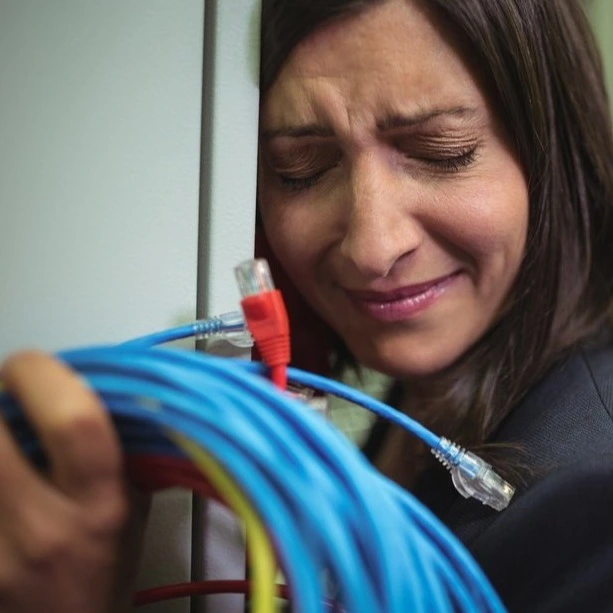Another quarter and another “new” option for wireless connectivity becomes “the next big thing.”
The list of possible options for connecting IOT devices to the internet grows longer and longer. The complications that various options and tradeoffs present to product managers and engineers can seem daunting. With a little structured thought, the right answer is usually easy to figure out.
Here are a few common wireless options today:
- Wi-Fi
- Bluetooth
- Sigfox
- LoRa
- 3G
- LTE Cat-M1
- NB-IOT
- Ingenu
- Wi-Sun
- 802.15.4
- Helium
- EC-GSM-IOT
I often get questions from subscribers like, “which wireless technology should I pick?” Usually there is no additional detail, as if the answer is the same in all cases.
Here are some simple questions you can ask yourself to help figure out the best option.
Do we need the device to connect right out of the box, no matter where it goes?
For example, the mythical pet tracker probably needs to work wherever the pet goes. Cellular technology is probably the only choice. If you’re building your pet tracker today, that means 3G or LTE-M. In the future, perhaps you believe there will be enough Sigfox coverage or Comcast LoRa coverage to make using them viable for your business. This question and doubt is where paralysis starts to creep in.
Who knows what will happen to companies like Sigfox, Ingenu, or Senet? They could be huge successes, with massive networks, or they could be failures. You don’t want the success or failure of your project to tied to someone’s fate, which is why I cannot recommend using any LPWAN network other than one you put up yourself. Which leads us to….
Can you install coverage in the area where you need it?
This model lends itself very well to single solutions sets deployed in a defined area. Our AirFinder product is a great example. AirFinder uses one or more Symphony Link LoRa gateways in a facility to connect to Bluetooth “readers.” These readers connect to asset tags in places like factories or hospitals. While we could (usually) connect these readers directly to cellular (and we sometimes do), using LoRa allows us to keep the cost of connectivity very low.
Utilities actually follow this same model for much of their smart meter networks. The only difference being that those networks are often huge. Technologies like Silver Spring Networks or Wi-Sun got their start targeting large scale utility networks.
Why not just use your customers Wi-Fi?
For many consumer applications, this is a fine solution. Nest thermostats or connected cat feeders can happily live on your home Wi-Fi. This is because everyone’s incentives line up. You want the connected cat feeder to work, and letting it use your home Wi-Fi seems like a small price to pay. Using Wi-Fi for B2B IoT is another story.
It can be incredibly difficult to get new IoT solutions connected to corporate IT networks. The CIO of Megacorp has a responsibility to keep the network safe and secure. They don’t care about your innovative new widget. Wi-Fi connected 3rd party devices have proven to be a vector for cyber attacks, ask Target.
Besides security, just getting stable Wi-Fi credentials into your device can be a huge challenge.
What to do?
- Don’t assume that new technologies will work out. Assume the risk that marketing hype is just that.
- Think through ALL the little details of how your device will be connected, provisioned, managed, updated, etc.
- Keep Calm, and ask Link Labs for help.
Please share your thoughts in the comments below.





